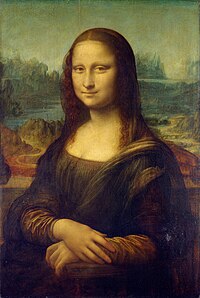
Photo from wikipedia
Abstract Excess water production is one of thechallenges through oil production, especially in fractured reservoirs. Application of Preformed Particle Gel (PPG) to control the excess water production attracts attention in… Click to show full abstract
Abstract Excess water production is one of thechallenges through oil production, especially in fractured reservoirs. Application of Preformed Particle Gel (PPG) to control the excess water production attracts attention in these years. The effect of the wettability of the reservoir rock on the performance of PPG by water shutoff in fractured reservoirs is not well understood. This research aims to investigate the effect of wettability on the performance of PPG through contact angle analysis, fluid flow in micromodel, and simulation using UTGEL. The PPG which is used in this study is a super absorbent polymer. According to TGA analysis, this PPG is stable at reservoir temperature. Contact angle measurement results for both sandstone and carbonated thin sections revealed that PPG can alter the wettability of the oil wet thin sections. The wettability alteration is higher in carbonate rock (64% toward to water wetness) rather than sandstone (50% toward water wetness) which could be related to the surface charge of the carbonate rock. Also, the wettability alteration in sandstone sample induced by PPG could be related to the presence of the clay. In order to evaluate the effect of wettability on PPG performance in porous media, flooding tests were carried out in both water wet and oil wet micromodels. The injection sequences were waterflooding, PPG injection and secondary waterflooding in both water wet and oil wet micromodels. The results show that the oil recovery factor in the first waterflooding is higher for the case of water wet micromodel. This is because water can flow much easier in water wet condition rather than oil wet state. After PPG injection, the oil recovery factor was higher in oil wet micromodel. This could be described as a change in wettability caused by PPG in oil wet conditions. Therefore, the findings of the wettability alteration in oil wet micromodel were consistent with those obtained by contact angle measurements. The ultimate recovery factor was almost identical in both water wet and oil wet conditions. According to visual observation, PPG tends to flow into the pores filled by water because of the chemical structure of PPG that only absorbs water. In order to validate the experimental results, PPG flow in a fractured porous media with characteristics similar to micromodel was simulated by UTGEL. The simulation model was validated by micromodel measurement data including the oil recovery factor, waterfront, and water-oil ratio. The results of this study reveal that the wettability alteration is one of the mechanisms through water shutoff by PPG in oil wet fractured reservoirs.
Journal Title: Journal of Molecular Liquids
Year Published: 2021
Link to full text (if available)
Share on Social Media: Sign Up to like & get
recommendations!